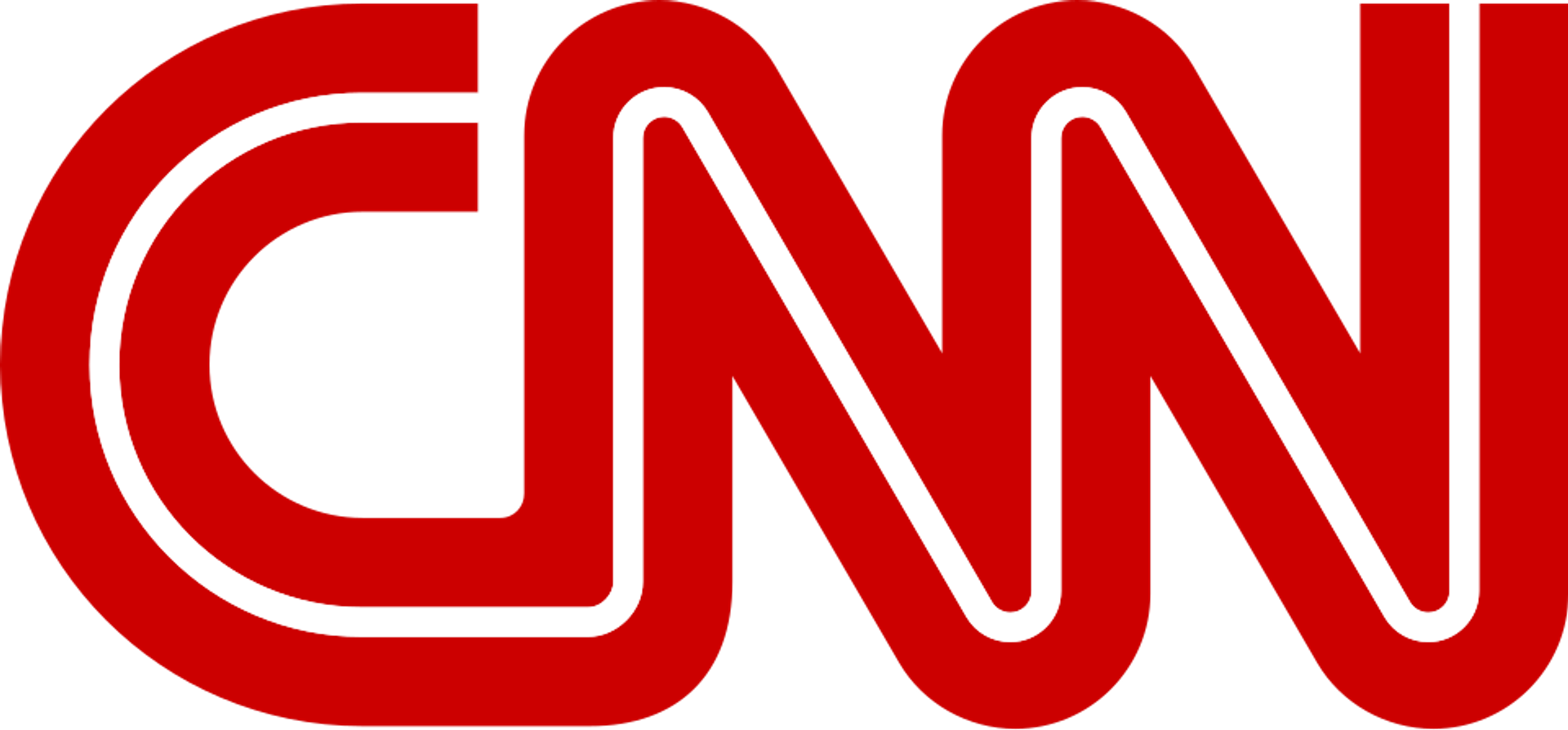
The Washington Post
What do people say about The Washington Post?
The Washington Post is portrayed negatively in the provided context, with accusations of deliberately ignoring major political developments such as a special prosecutor investigation involving Jay Jones. The criticism centers on the paper's apparent failure to cover this story despite its significant local relevance, especially given its Northern Virginia audience. The perception is that the Post is complicit with Democratic interests by omitting important news, which fuels distrust and suggests media bias. While the Post's AI search engine is noted as technologically advanced, it ironically fails to surface critical information, undermining its reliability. This paints the Washington Post as out of touch or willfully negligent, with partisan motives overshadowing journalistic integrity.
Where are the conversations happening?
The critical discussion arises primarily from a conservative-leaning talk radio program, "Saturday Morning Update with Rick Fowler" on WMAL-FM, a Cumulus Media Station. This channel openly challenges the Washington Post's editorial decisions and credibility, accusing it of partisan bias and negligence in political reporting. The discourse is highly charged, targeting the Post's failure to cover a politically significant special prosecutor investigation and framing it as evidence of media collusion with Democrats. There is no mention of other channels providing a differing or more balanced perspective, suggesting that the most scathing critiques come from conservative media outlets skeptical of mainstream newspapers like the Washington Post.
What are the topics trending around The Washington Post?
Emerging topics include political bias allegations, media omission of key investigations, the role of AI in news search accuracy, and the impact of local Virginia election controversies on national media trust.
Why are these topics trending?
The focus on the Washington Post's failure to report on the Jay Jones special prosecutor investigation highlights concerns about media bias and transparency. The mention of their AI search engine's shortcomings brings up discussions about technology's role in information dissemination. Additionally, the heated Virginia election context and partisan criticisms reflect broader trends questioning mainstream media's political alignment and reliability.
How is The Washington Post being talked about?
Detailed breakdown of public sentiment and conversations about this entity.
Impact vs Sentiment
See how each entity's high impact percentage relates to their positive sentiment percentage from actual mentions.





